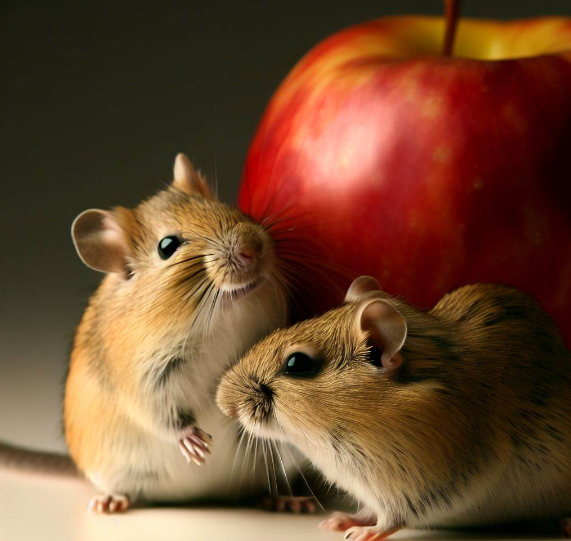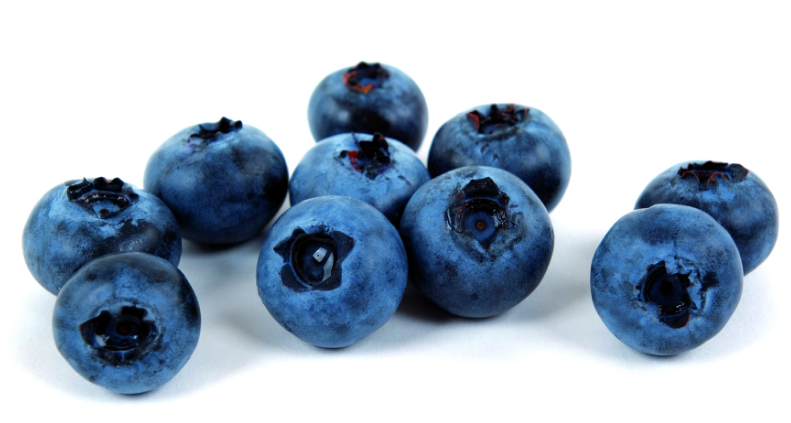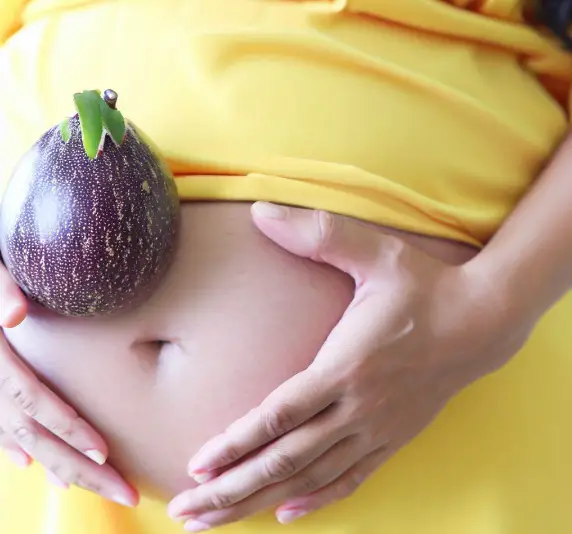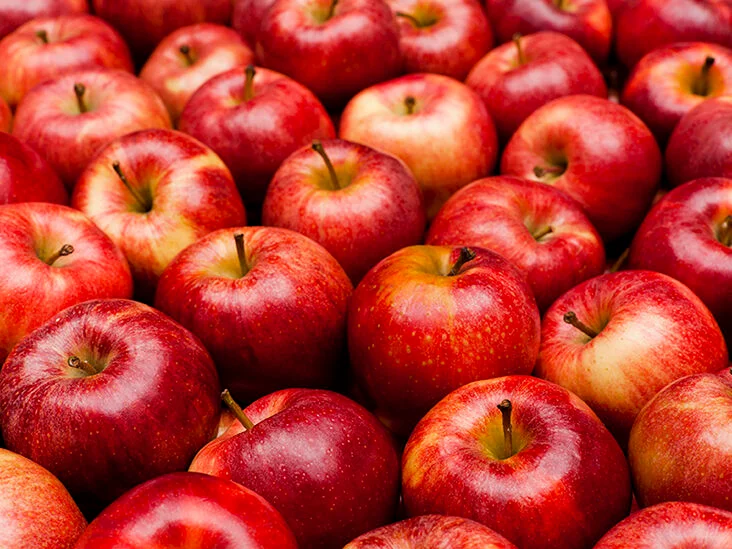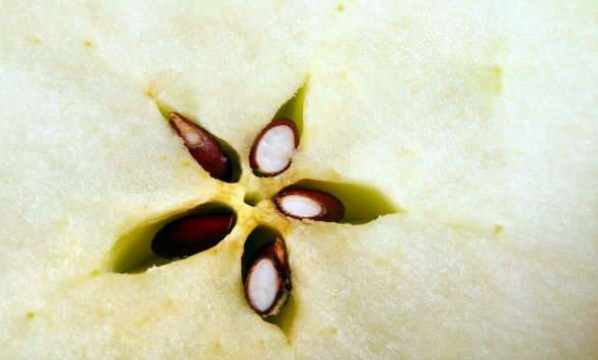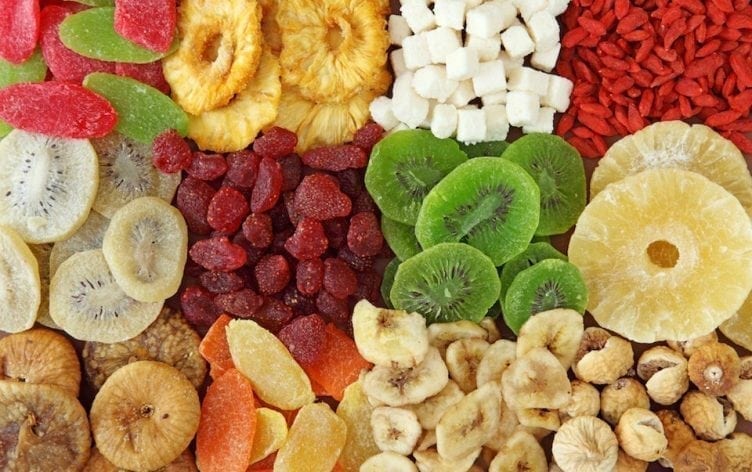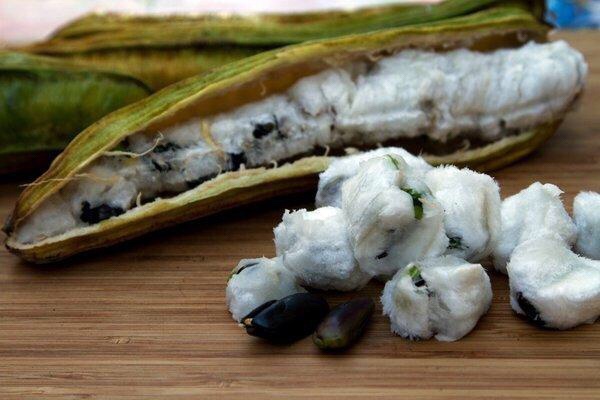When you wander through the fresh produce section in a grocery store, have you noticed the small stickers on fruits and vegetables? You might be curious about what they mean.
These little labels have important details for the stores, people who bring us the food, and us shoppers. They help keep track of where the fruit and veggies came from, and they share info on what type they are and how they grew.
Let’s dive deeper and understand what these produce labels tell us. This way, you’ll know more about what you’re buying next time you’re shopping for groceries.
Table of Contents
- PLU Codes Help to Know Your Produce
- What’s the Deal with Different Sticker Colors?
- Those Extra Little Stickers with Numbers
- Understanding 4 and 5 Digit PLU Codes
- 4-Digit PLU Codes
- 5-Digit PLU Codes
- Where in the World is Your Produce From?
- Berry Containers and Their Labels
- Why Some Produce Has No Stickers
- Do Stickers Change How Produce Tastes?
- Is It Okay to Eat the Stickers?
PLU Codes Help to Know Your Produce
Those stickers with 4 or 5 numbers on them? They’re called PLU codes, which means Price Look Up code.
PLU codes came into use around 1990. They made it a lot easier for checkout folks to ring up the price because before they had to look it up by hand. Now, with PLU codes, knowing the price and keeping track of sales is much easier.
Each type of fruit or veggie has its own PLU code. For example, 4011 is the number for bananas and conventional lemons are 3302. And if the produce is organic, it’ll start with the number 9.
With these codes, the cashier just types in the numbers and everything else is taken care of, like bringing up the price and saying what the item is.
PLU codes help stores to know how much they’re selling of each kind of produce. They also help the people who grow and deliver the food to stay connected with the stores.
What’s the Deal with Different Sticker Colors?
Ever notice the colored stickers on the produce you’re picking up? They’re not just there for show. But what do those colors actually tell us?
Green Stickers: It’s a common thought that green means conventionally grown, but it’s not that simple. The main thing is the PLU code number on the sticker. Green or any other color is just a choice made by the producer; it’s not about how the produce was grown.
Red Stickers: Red might seem to suggest organic produce, but that’s not the norm. Organic produce usually has a PLU number that begins with “9” and might come with a barcode too. So, the color of the sticker isn’t the best way to spot organic goods.
Blue Stickers: Blue might not be the go-to color for fair trade produce, even though we might connect blue with tranquility. Fair trade produce generally comes with specific labels to show its status, rather than a blue sticker.
White Stickers: Just because a sticker is white, don’t think it means the produce has been genetically modified. Products that have been genetically modified (GM) often have a PLU starting with “8,” but this doesn’t usually show in the sticker color.
Brown Stickers: Brown might give off a natural, local vibe, but that doesn’t mean the produce is local. While some local growers might use brown stickers, it’s not a rule everyone follows.
Yellow Stickers: Yellow could make you think of the sun and freshness, but stickers of this color often just highlight that the produce is ripe or on sale. It’s about the condition and the price, not specific attributes of the produce.
However, keep in mind that different stores and places might use stickers in their own way. To know for sure what you’re buying, pay attention to the PLY codes, labels, and certification, not the color of the sticker. With this insight, you’ll be better at figuring out the story of each piece of produce you buy.
Those Extra Little Stickers with Numbers
Do you see additional small stickers with numbers next to the bigger PLU codes? These are codes that point to the actual farm or who grew the fruit or vegetable.
For example, if you see a banana with a sticker number starting with 4, it probably came from a Dole farm. And if the number starts with 9, it’s likely a Del Monte banana. The numbers let you trace where the produce came from.
This information is especially handy if there’s a problem with the product, like contamination. Stores can use the numbers to quickly figure out which farm the affected produce came from and take it off the shelves right away.
Understanding 4 and 5 Digit PLU Codes
Mostly, you see 4 digit codes on PLU stickers, but organic produce will often have 5 digits starting with a 9. Here’s what you need to know about these numbers:
4-Digit PLU Codes
A 4-digit code is for regular produce, nothing super special about it. It’s what you usually find for most fruits and veggies without any unique labels.
5-Digit PLU Codes
When you see a 5-digit number that starts with 9, that’s a big hint it’s organic. The extra number means there can be more combinations for the different kinds of organic food. Plus, it makes it clear which is organic and which isn’t.
For instance, if you pick up an apple with a 94012 sticker, that leading 9 says it’s organic. A regular apple would just be labeled 4131. Pretty simple, right?
Where in the World is Your Produce From?
Some fruits and veggies will also have a sticker that mentions where they were grown or came from.
You might see labels that say “Product of the USA” or “Grown in Mexico.” These labels follow rules so that you know for sure whether the product is from your country or somewhere else.
Knowing where your food is from is great for people who prefer to support local farmers or buy products made in their own country. Also, these stickers give you confidence about being able to trace the food’s journey from the farm to the store.
Berry Containers and Their Labels
Look at the containers for berries. They sometimes have stickers with a bunch of letters and numbers. What are they for? Here’s a breakdown:
- HP – High Profile, which means the container is taller.
- LP – Low Profile, so it’s a shorter container.
- TF – Twin Flip top, where the lid opens from the middle.
- SP – Side Pivot, meaning the lid opens from the side.
- 1 – This represents 1 dry pint volume.
- 2 – And this one’s for 2 dry pints volume.
For example, if you see HP-TF-1 on a blackberry container, it’s telling you it is a taller container with a lid that opens from the center and it holds 1 dry pint of berries. This info is really handy for the store to help keep things organized.
Why Some Produce Has No Stickers
Certain produce, like corn, pineapples, and melons, might not have stickers. But that’s okay. Stores have scanners that use pictures to tell what they are. Some fruits and veggies are even starting to get marks made with lasers instead of stickers.
Even without a sticker to look at, the store knows that a pineapple is PLU code 4182. Scanners like this make shopping quick and easy.
Do Stickers Change How Produce Tastes?
Maybe you’re wondering if a sticker on your apple or tomato will change the taste or how fresh it is. The good news is stickers don’t mess with the food’s flavor or freshness. They’re just there to share codes with us. All you need to do is peel them off and eat your fruit and veg.
Of course, if you see bruises or damage under a sticker, it could mean that the produce is past its best. Always check and use your own judgment before buying.
Is It Okay to Eat the Stickers?
While it’s better to peel them off before you eat your fruit or veggies, these stickers are generally safe. They aren’t going to change the taste, how ripe the produce is, or how long it will stay good. They’re just there to give some helpful info. Don’t worry, just peel the stickers off and enjoy your fresh produce as usual.
